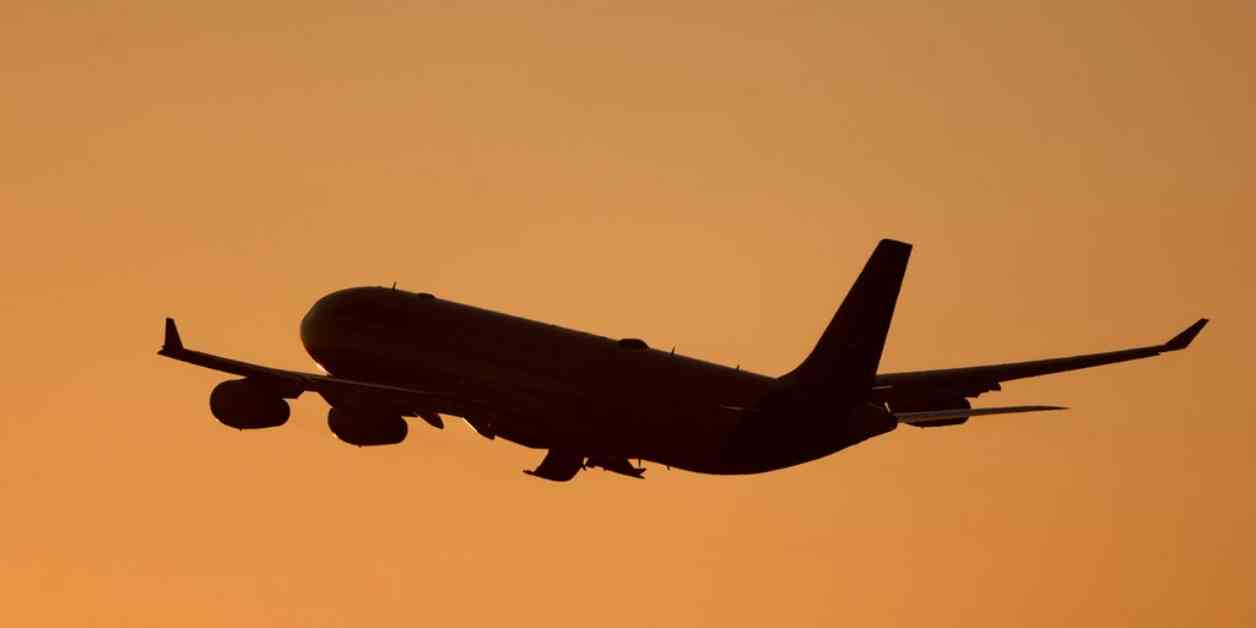Air turbulence is a phenomenon that many people fear when flying. It is essentially unstable air that moves unpredictably, causing discomfort and sometimes injuries to passengers. While turbulence is commonly associated with storms, the most dangerous type is clear-air turbulence, which is invisible and can strike without warning.
Recently, a tragic incident involving severe turbulence on a Singapore Airlines flight resulted in the death of a British man and injuries to numerous other passengers. While fatalities from turbulence are rare, injuries from such incidents have been accumulating over the years. Although airlines have made improvements to enhance safety measures, experts emphasize the importance of passengers remaining vigilant during flights.
Understanding the causes of air turbulence is crucial in ensuring passenger safety. Turbulence occurs when there is wind shear, which is the cause of clear-air turbulence. This phenomenon occurs when two large masses of air moving at different speeds are in close proximity to each other. The disparity in air speeds can lead to the atmosphere breaking into turbulent patterns, similar to eddies in water.
Clear-air turbulence, which is the most perilous type, often occurs near high-altitude air currents known as jet streams. The unpredictability of clear-air turbulence makes it challenging to detect, highlighting the need for passengers to be prepared for such situations. Experts advise that wearing a seat belt at all times during a flight is the primary defense against potential injuries caused by turbulence.
While turbulence-related fatalities are uncommon, the risks associated with unstable air should not be underestimated. By understanding the causes of turbulence and taking necessary precautions, passengers can help ensure their safety during flights. It is essential for airlines to continue implementing safety protocols and for passengers to adhere to safety guidelines to minimize the impact of turbulence-related incidents. Next time you board a flight, remember to buckle up and stay safe in the skies.




